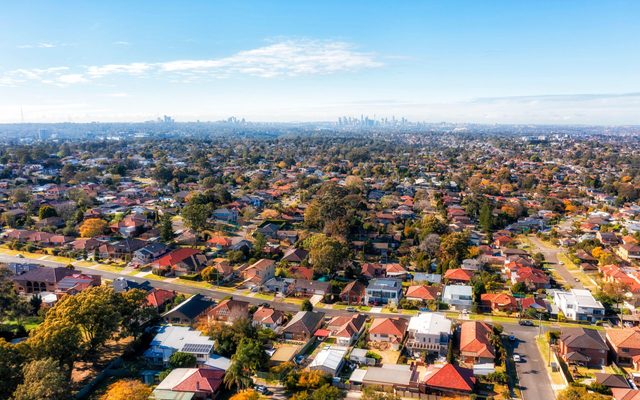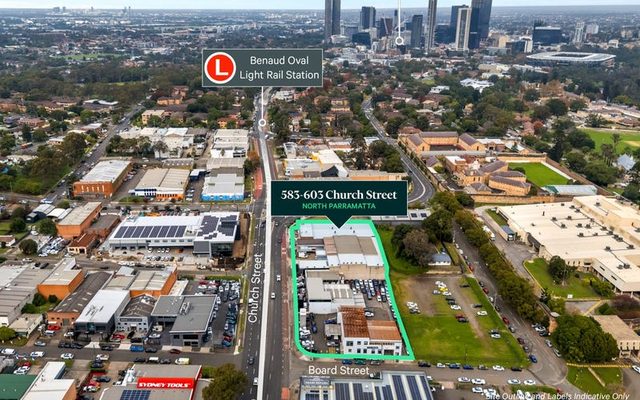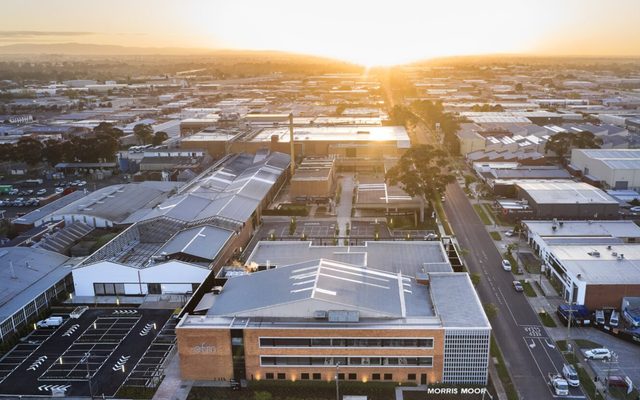This article is from the Australian Property Journal archive
TRANSACTION volumes of commercial property in Australia have sunk to their lowest level for a September quarter in more than a decade, with a “fog” on pricing, economic and geopolitical continuing to hamper deal activity – and no sector was immune, according to the latest Australia Capital Trends report from MSCI Real Assets.
Deal volume totalled just $8.2 billion in the three-month period, down 64% relative to a year earlier. Year-to-date, volume was $27.8 billion, a decline of 55%.
The three core sectors all showed significant double-digit declines in activity, with the office sector faring the worst.
“Pricing is of course the major obstacle for deal flow this year, especially as Australia has not seen the same corrections as some overseas markets,” said Benjamin Martin-Henry, head of Pacific real assets research at MSCI.
“However, prices have adjusted overseas and deal flow is still muted compared to last year, so prevailing economic and geopolitical issues are also having a significant impact on investor confidence.”
However, the rate of decline in performance returns may be cooling. In the September quarter, the MSCI/Mercer Australia Core Wholesale Monthly Property Fund Index recorded a negative quarterly return of 1.6%, shallower than the 2.8% decline seen in the June period.
Office sales down 77%
Office sales slumped by 77% in the third quarter relative to a year prior. Just seven office sales priced at more than $200 million have taken place in the first nine months, a stark contrast to the 32 such deals from the same period in 2022.
Dexus, after an extensive due diligence phase, concluded the sales of 44 Market Street and 1 Margaret Street at $393 million and $293 million, respectively, marking the quarter’s top deals – although both were struck well below book value.
“Pricing has been a considerable barrier to acquisitions over the past year. And whilst the MSCI Price Expectations Gap between buyers and sellers shows a small narrowing in the third quarter, there is still a significant gulf on office pricing,” said David Green-Morgan, global head of real assets research at MSCI. The MSCI Price Expectations Gap for Sydney offices shows the spread at 15% in the third quarter, compared to 23% in the prior quarter.
CBD office yields have increased to an average of 6.0% over the past year, from 5.5%. Suburban office yields have risen from 5.3% to 6.0%.
The industrial sector – running hot since the beginning of COVID – succumbed to the market malaise in the third quarter. However, due to a dearth of activity elsewhere, the industrial markets in Sydney ($3.775 billion transacted) and Melbourne ($2.499 billion) were first and third respectively in the ranking of the year’s most active market segments. A boost came from UniSuper’s purchase of a 50% stake in Dexus’s Australian Industrial Partnership from South Korea’s NPS. The portfolio deal, which at around $500 million is the largest in 2023 so far, comprises 20 assets situated in Western Sydney and Melbourne.
The industrial sector – along the hotels sector – has seen the last yield expansion over the past 12 months.
Retail asset sales tumbled 51% in the third quarter relative to a year earlier, with total activity for the year to date down at a similar rate of change.
“Inflation and rising interest rates have done no favors to consumer spending and, in consequence, to discretionary retail,” the report said. Some notable acquisitions still landed – such as Haben Property Fund’s acquisition of a 50% stake in Stockland Townsville from AMP Capital.
One sector that has seen a strong performance is the hospital sector, with an ageing demographic and forecast population growth entering investors’ conversations. As of the end of the third quarter of 2023, transactions of hospitals amounted to just under $700 million, with an additional $500 million having already settled in the fourth quarter. Therefore, transaction volume has increased threefold compared to the previous year.
Offshore investment subdued
Meanwhile, cross-border investors largely sat on the sidelines during the September quarter. Acquisitions totalled just $3.7 billion, a 58% decline compared with a year earlier. For the year so far, these investors have deployed only $6.7 billion, compared with $17.3 billion for the same period in 2022.
Martin-Henry said Singaporean investors, who have traditionally targeted Australia’s office sector, have been especially quiet. The largest office deal of the year for this investor group will involve a joint venture between GIC and Gurner TM tearing down an office property at 189 Kent Street) in Sydney to build a residential asset.
“Overseas investors have historically targeted offices when deploying capital in Australia, so with the structural shift in the sector it’s of little surprise to see volumes so low for them,” Martin-Henry said.
“The number one question I get asked from overseas investors is if Australia still represents good relative value compared to other major markets, given the lack of price adjustments. For many, it seems not.”





